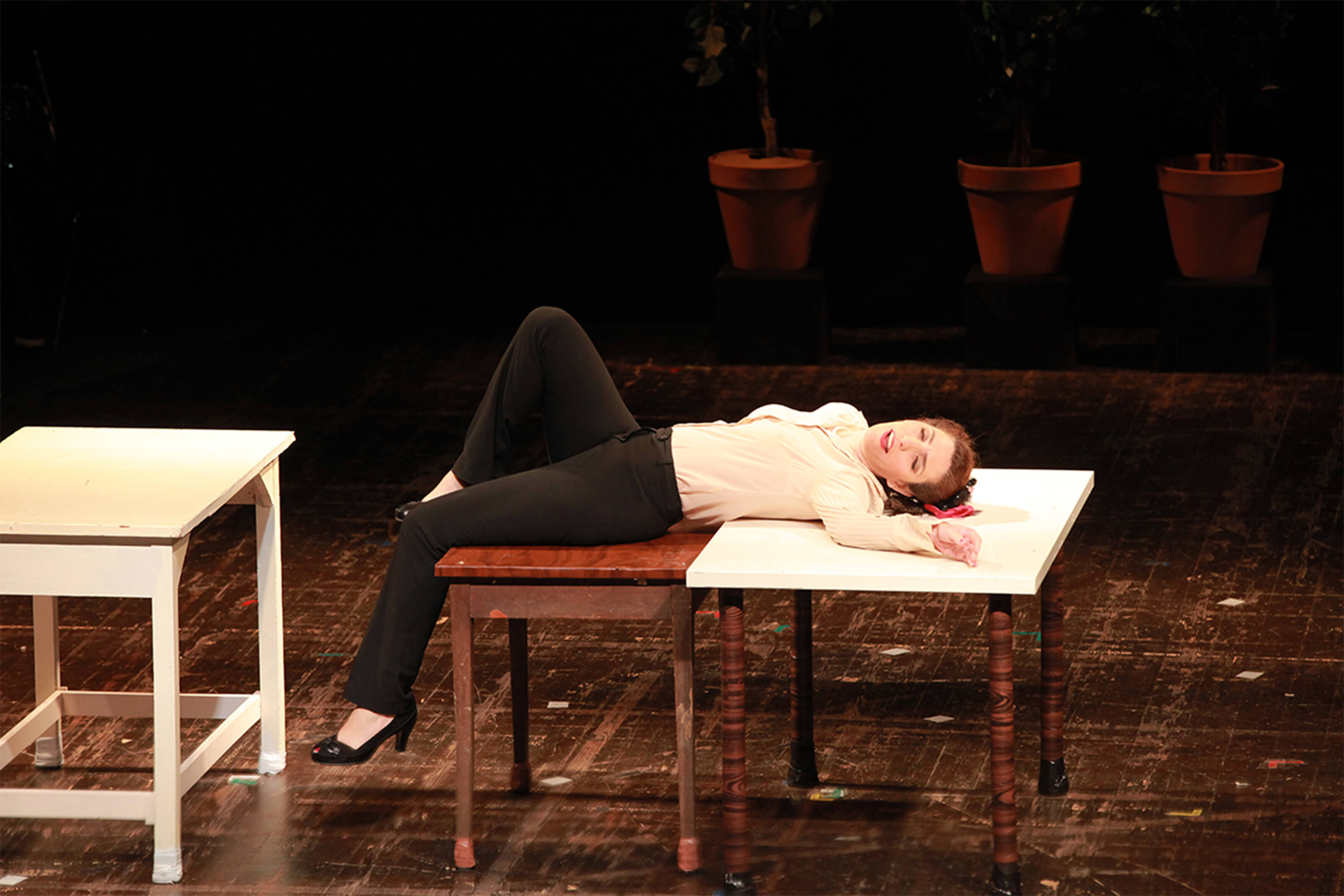"The Marriage of Figaro" is a comic opera by Wolfgang Amadeus Mozart and is one of his most successful operas and is considered to be one of the building blocks of operatic repertoire. The text was written by Lorenzo de Ponte and is based on a play by the same name or "Crazy Day" which is a continuation of his previous play "The Barber of Seville". Together with Mozart's masterpiece, the result is a funny but deep story of love, betrayal and forgiveness.

The Marriage of Figaro
By Wolfgang Amadeus Mozart
In the time since the story of “The Barber of Seville”, the Count married Rosina, now the countess, but their marriage ran aground because the Count was not loyal to her. Figaro is no longer a barber but the Count’s servant, and he is about to marry Susannah, the countess’s maid. But Susannah is the one who has now caught the Count’s eye… Old Bartolo is going to take revenge on Figaro for taking the countess from his hands, and he intends to take revenge on him with the help of the slick music teacher Basilio.
To add to the amusement, other funny figures come in: the boy who is in love with every woman – Carubino; The vindictive old woman-Marcellina; The drunk gardener – Antonio and a silly girl – barbarina.
A lot of comic stories in one story that takes place during one day – the crazy day.
The opera was directed by Ari Teperberg. The production of the Jerusalem Opera, directed by Teperberg, is created in the spirit of the visual theater language, while using a few objects that create the different places in which the plot visits. he minimalist direction separates the time, period and style in which the original opera was written, and seeks to reduce excess baggage and make room for the full-blown drama and music.
Participants
Yuri Kissin – Figaro
Gabriele Ribis – the Count
Yasmine Levy-Ellentuk – the Countess
Mima Millo – Susanna
Maya Amir – Cherubino
Hila Gonen – Marcellina
Netanel Zalevsky – Bartolo
Ehoud Yaari – Antonio
Ron Silberstein – Basilio
Oshri Segev – Curzio
Efrat Hacohen – Barbarina and understudy for Susanna
Efrat Vulfson – understudy for the Countess
Inbal Yomtovian – performance artist and creative partner
The Ashdod Symphony Orchestra
Conductor: Omer Arieli
Artistic Advisor: Gabriele Ribis
Stage Director: Ari Teperberg
Assistant Stage Director: Oshri Segev
Producer: Lee Teperberg
Lighting Designer: Adi Shimrony
Lighting and Projections: E. Musikansky (Ashdod); Lustig Video Projections (Jerusalem)
Costume Design: Elinor Zilberman
Graphic Design: Beki Bubli, BIGraphics
Public Relations: Anat Meromi Public Relations
Sales and Marketing: Bimot
Video Production (Jerusalem): Ehud Alfassi, Tranquilo Films
Photography: Elad Zagman
PR Photographs: Studio Zooz
Surtitles: Galit Tokayer/Fern Braniss
Surtitle Projection: Oshri Segev
The singers of the Jerusalem Opera
The Ashdod Symphony Orchestra conducted by Omer Arieli
Stage Director: Ari Teperberg
Artistic Adviser: Gabriele Ribis

